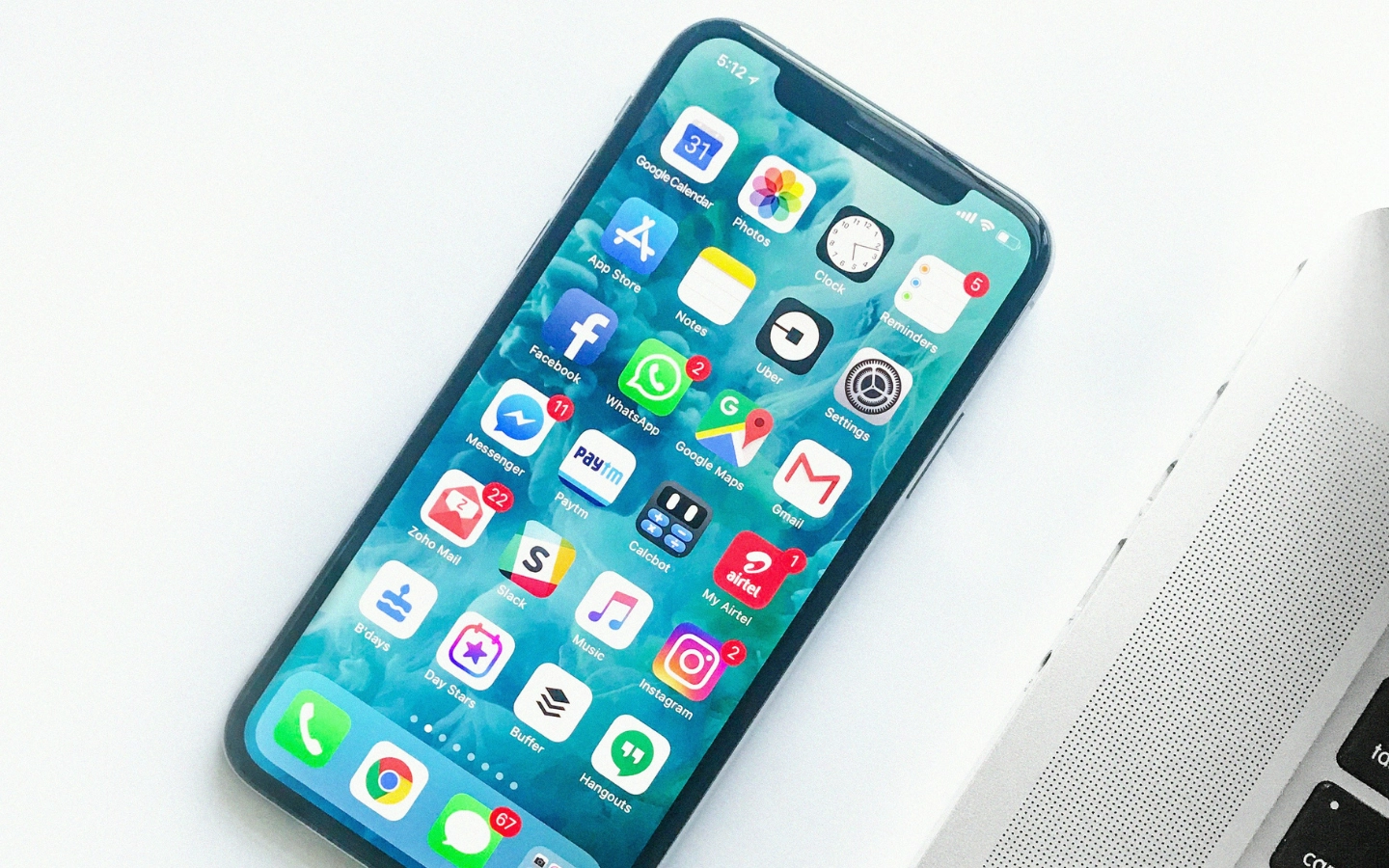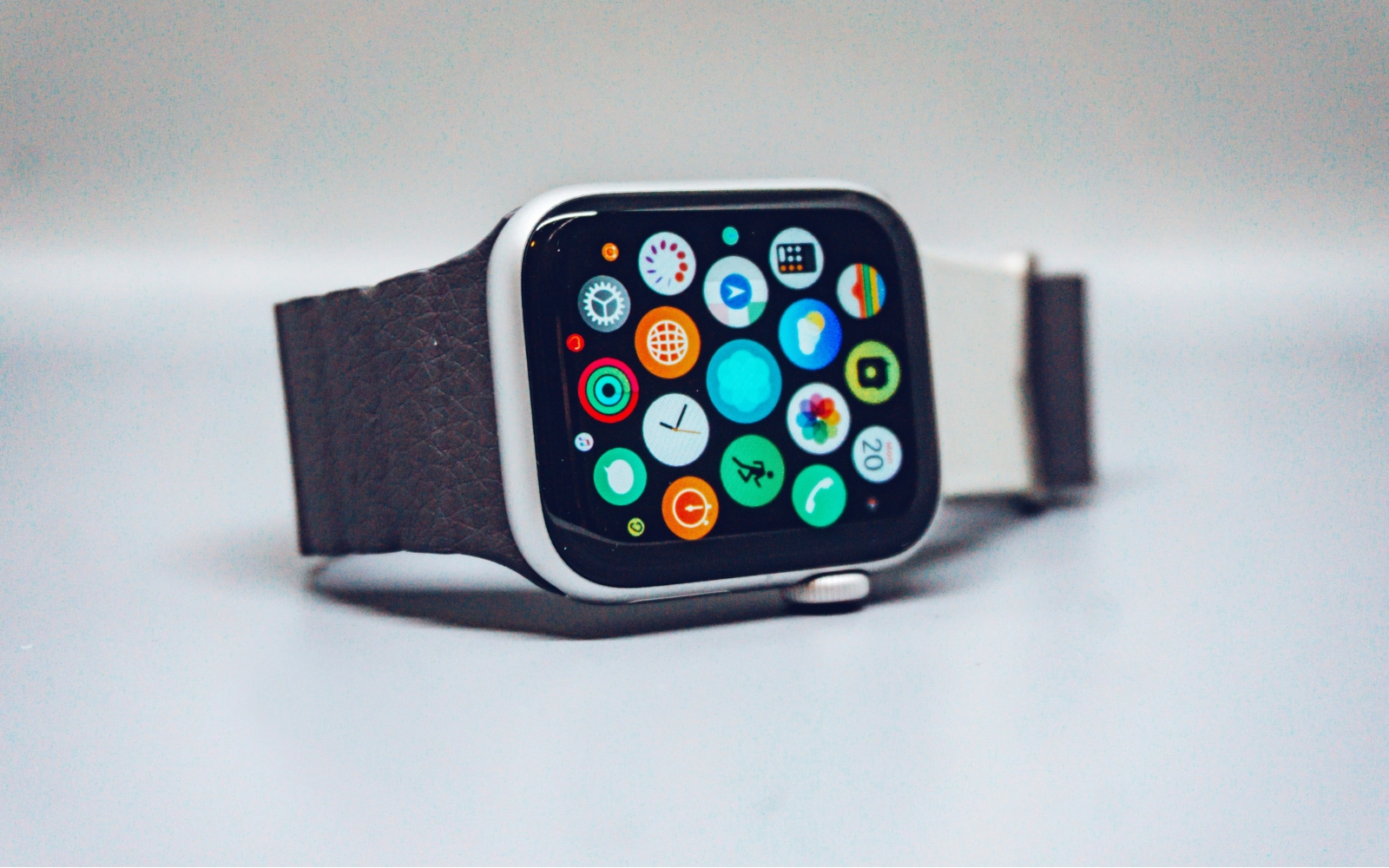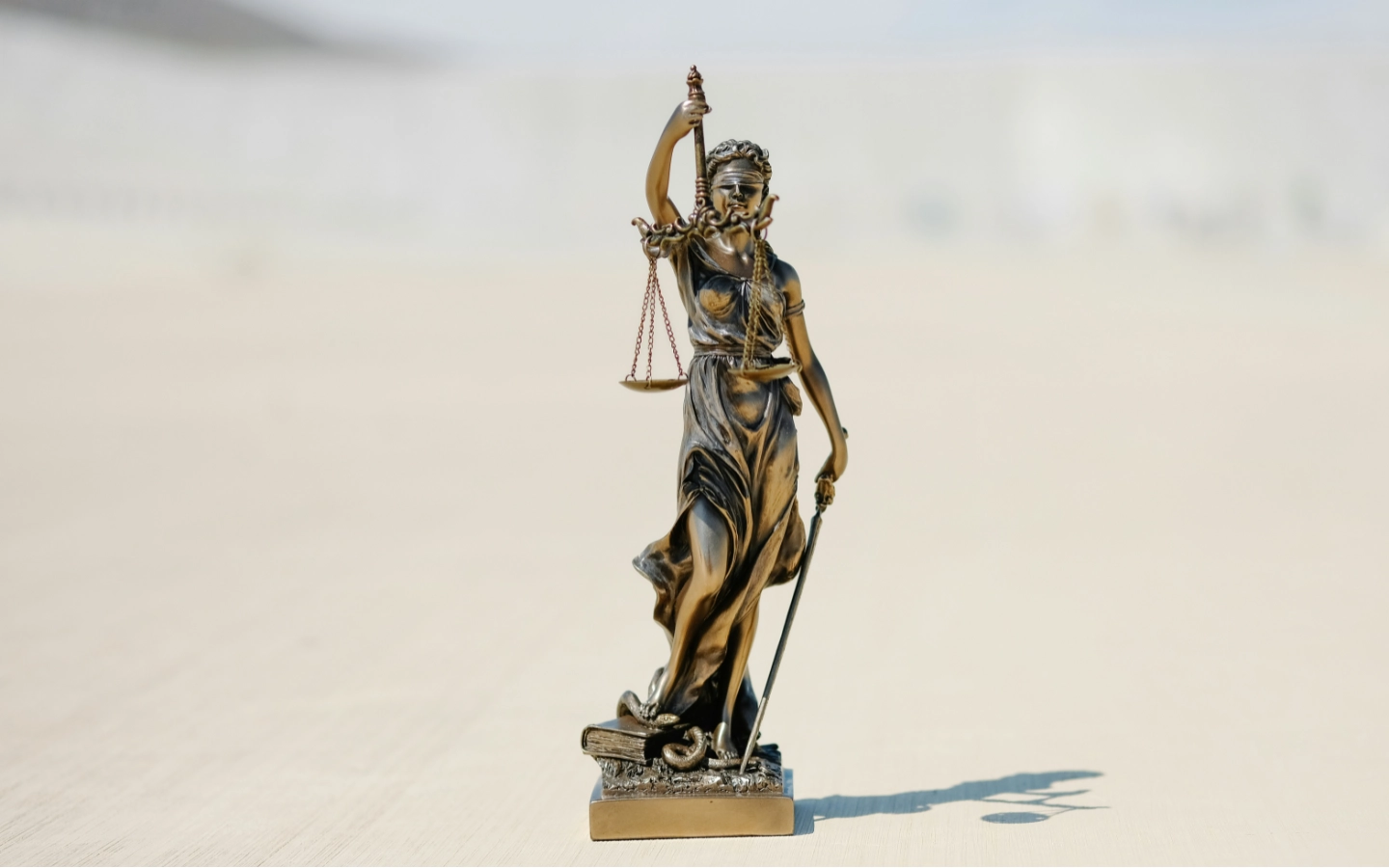
Overview
Q. I use my computer for both business and pleasure and I am confused about how much I can deduct. Also, how are PDAs such as Palm Pilots, etc. deducted for tax purposes?
A. Because computers and peripheral equipment are viewed as more susceptible than other business property to unwarranted deductions for personal use, they are subject to special scrutiny under the tax law. This scrutiny comes from their classification as “listed property,” which limits the amount that may be deducted each year.
A computer as listed property only becomes an issue if it is not used exclusively in business. If a computer is used exclusively at the taxpayer’s regular business establishment or in the taxpayer’s principal trade or business, the listed property limitations don’t apply at all.

Business vs. Personal Use
Any computer that you use predominately for pleasure may not be written off over its life nearly as quickly as exclusive-use computers. If your business usage does not meet the predominant use test, you are relegated to using a much slower depreciation method (the ADS, straight-line method) over the longer-ADS recovery period.
Your computer will meet the predominant use test for any tax year if its qualified business use is more than 50% of its total use. You must review your computer’s usage and determine the percentage usage for each of its various uses (business, investment, and personal). When computing the predominant use test, any investment use of your computer cannot be considered as part of the percentage of qualified business use. However, you do use the combined total of business and investment use to figure your depreciation deduction for the property. It’s up to you to prove business use to the IRS; the IRS does not need to prove personal use to reject your deductions.
Documentation Requirements
In order to claim your computer expenses, you must meet the adequate records requirements by maintaining a “log” or other documentary evidence that sufficiently establishes the business/investment percentage claimed. The log should be similar to a log you would keep to track your auto expenses, indicating date, time of usage, business or nonbusiness, and business reason. Good documentation is always the key to success if your return is ever audited.
How This Applies to PDAs
Finally, what about application of these rules to PDA’s? The shorter the designated “life” of the property, the faster you can write-off its cost. Cell phones are generally considered 7-year property (the cost is depreciated over seven years). Computers are generally considered 5-year property, and computer software normally is 3-year property. PDA’s are generally classified as 5-year property, being considered wireless computers. If a PDA includes a cell phone feature, as long as that feature is not predominant and removable, it continues to fall under the 5-year property rule. Software that you may download to your PDA is 3-year property. Software that you buy already loaded into the PDA, however, is 5-year property. Monthly charges for a wireless service provider are deductible as paid each month, just as your business would deduct any phone or internet service bill.
Contact McMahan and Associates, LLC →





